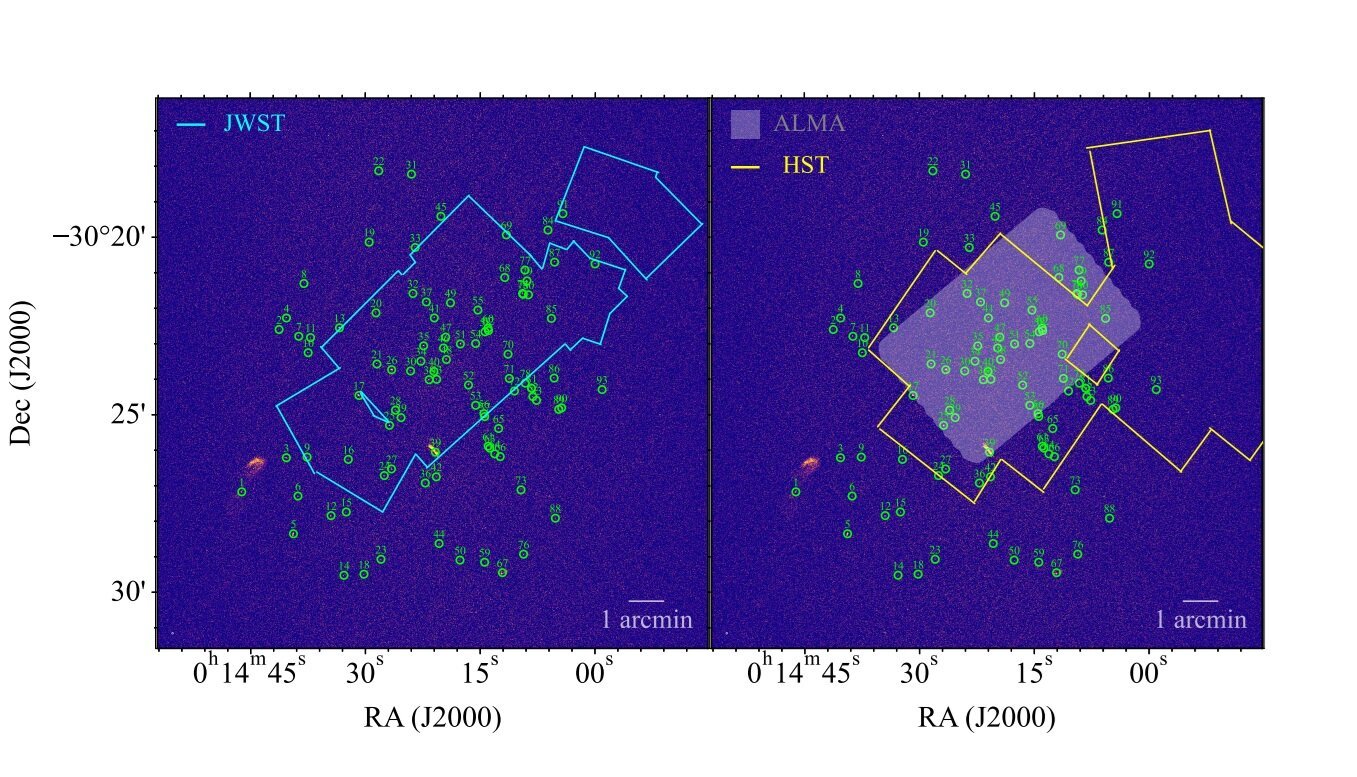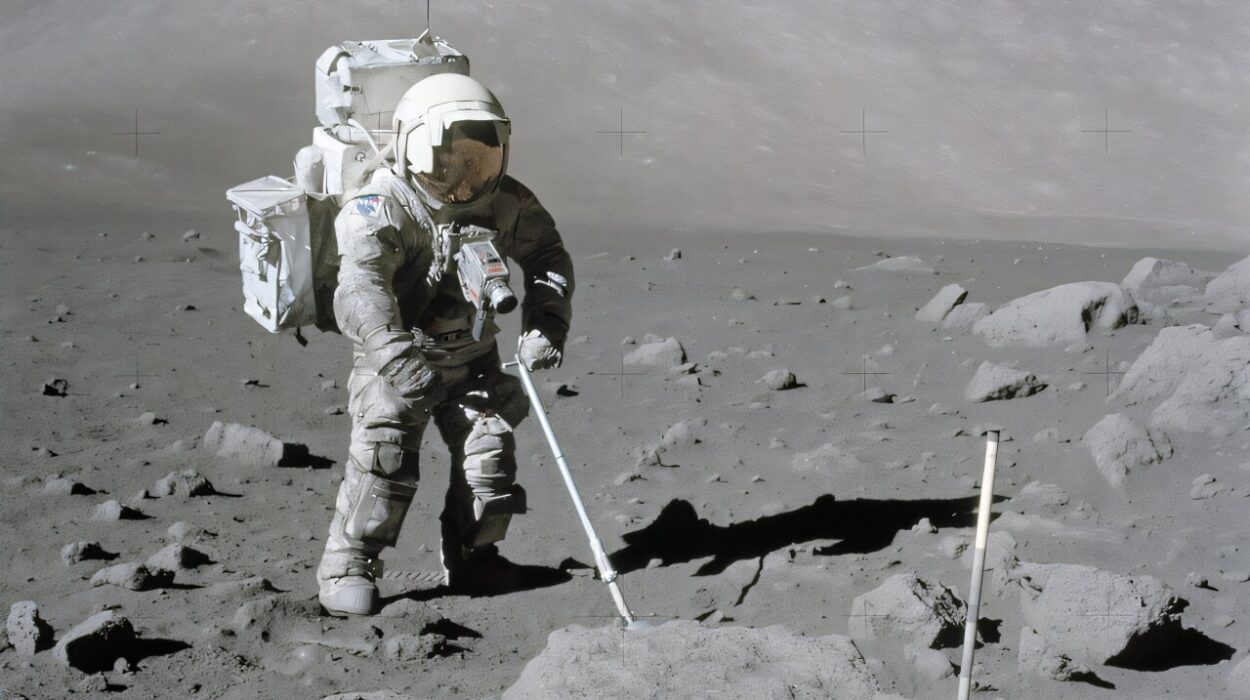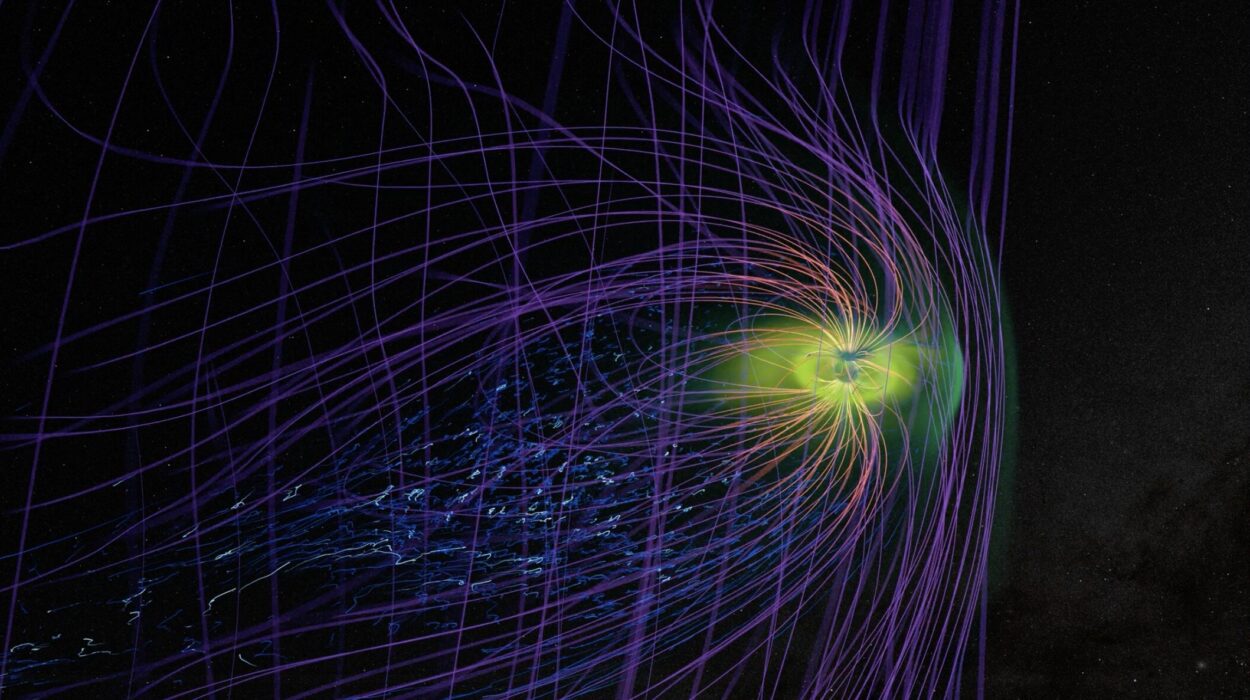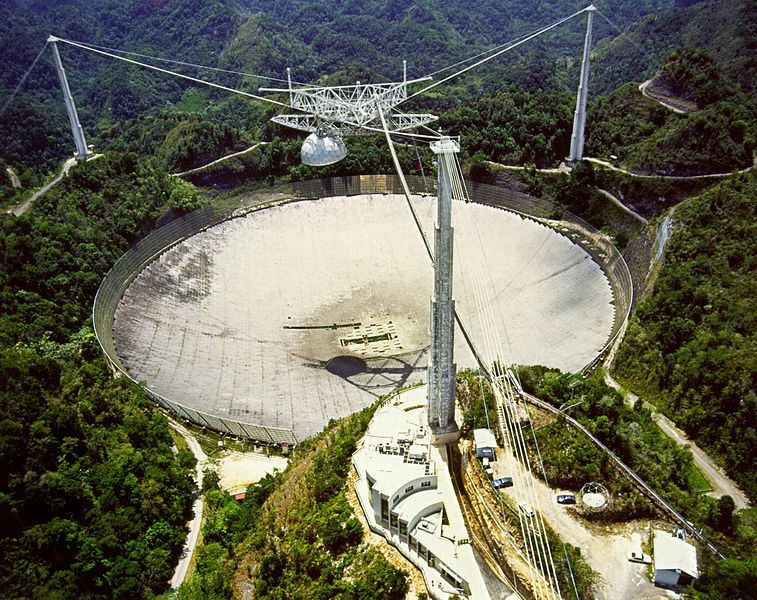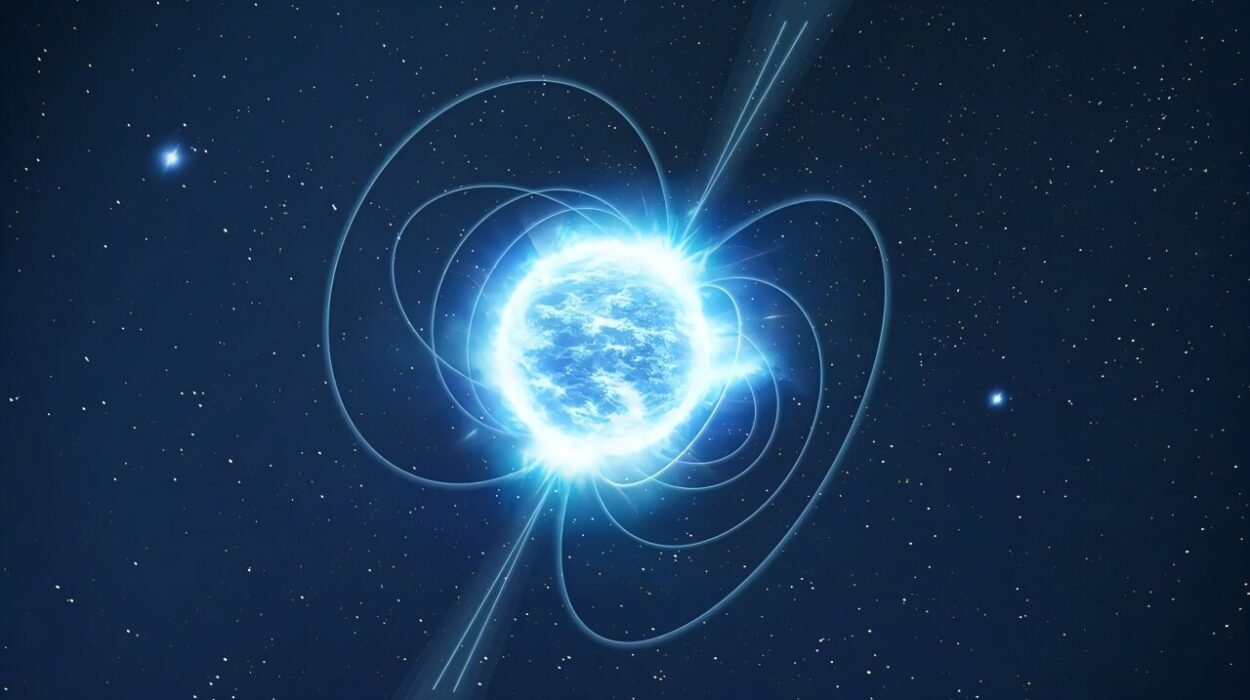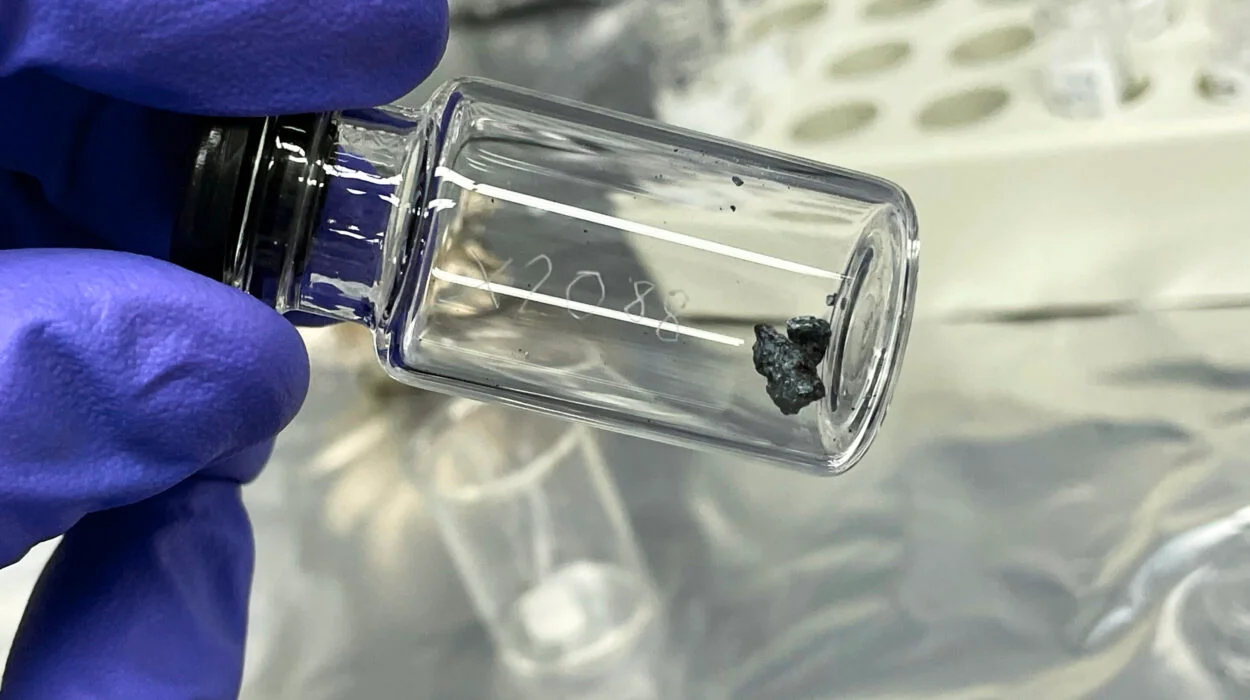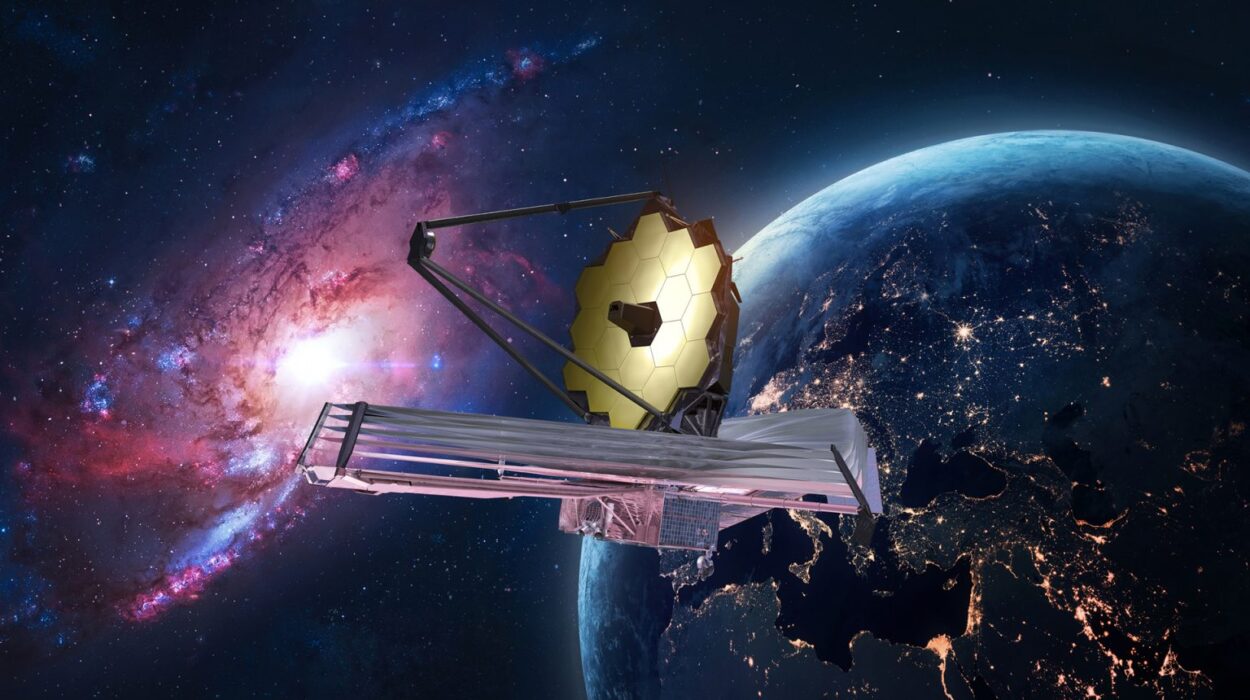Far beyond the reach of any telescope in your backyard, some four billion light years away, lies one of the most tumultuous and massive regions in the known universe: Abell 2744. Better known by its evocative nickname—Pandora’s Cluster—this cosmic giant is a swirling cauldron of galaxies, dark matter, and high-energy gas. It’s the aftermath of an ancient, violent collision between several smaller clusters, and it continues to grow, evolving like a living creature shaped by gravity and time.
Now, in a groundbreaking new study, a team of astronomers led by Esteban A. Orozco of the National Autonomous University of Mexico has pierced deeper into this galactic wreckage than ever before. Using the unmatched sensitivity of the Very Large Array (VLA), they have produced the deepest, sharpest radio image of Pandora’s Cluster ever recorded—an unprecedented view into a chaotic realm that continues to astonish astronomers.
A Cosmic Wound From a Billion-Year War
Galaxy clusters like Pandora’s are the largest gravitationally-bound structures in the universe. They form over billions of years through colossal mergers of smaller clusters, each containing hundreds or thousands of galaxies. Imagine continents colliding—not over eons, but at speeds of millions of kilometers per hour—and you begin to glimpse the scale of the violence that forged Abell 2744.
Pandora’s Cluster, in particular, has become a favorite among astronomers because of its complexity. It has a virial mass of roughly 740 trillion solar masses, a massive X-ray halo glowing from its core, and a long tail of hot gas—a telltale signature of the cluster’s chaotic past. Its very name comes from the myth of Pandora’s box, alluding to the surprises and mysteries it has yielded.
But much of what makes Pandora’s Cluster fascinating is invisible in optical light. That’s where radio astronomy steps in—seeing the universe in wavelengths that human eyes cannot.
Unveiling the Invisible: A New Radio Milestone
Using highly sensitive observations at a resolution of 0.82 arcseconds and a noise level of just 1 microjansky per beam, Orozco and his team created what they describe as “the deepest and most detailed radio image of Abell 2744 ever obtained.”
This high-resolution map allowed the researchers to detect 93 individual radio sources in the heart of Pandora’s Cluster. Of these, 46 could be matched to known galaxies observed in optical or infrared light. Most of the sources—88 of them—were point-like, meaning they appear as single objects. But five were extended or showed multiple components, hinting at more complex internal structures or interactions.
The galaxies themselves cover an enormous range in size and power. Some are relatively small, with masses around 660,000 times the mass of the Sun—not much bigger than giant star clusters—while others are true cosmic heavyweights, weighing in at 160 billion solar masses. The average galaxy in the cluster is churning out new stars at a rate of 1.9 solar masses per year, showing that even in this chaotic environment, stellar birth continues.
Signs of Supermassive Black Holes in the Crowd
Among the most intriguing discoveries were nine active galactic nucleus (AGN) candidates—galaxies that harbor supermassive black holes at their centers, feeding on surrounding matter and blasting out jets of radio waves in the process. The AGN fraction in Pandora’s Cluster sits between 10 and 20 percent, in line with predictions from cosmological simulations, which estimate a typical AGN fraction around 14 percent for clusters of this size.
These AGNs act like cosmic lighthouses, offering insights into both the evolution of galaxies and the behavior of matter near black holes. Their presence in Pandora’s Cluster suggests that even amid gravitational chaos, some galaxies still manage to funnel material into their hungry central engines.
A Glimpse Into the Cluster’s Ancient Heart
From the strength of the radio signals, the team estimated the radio luminosity of the cluster at 6.0 GHz to be less than 4.1 duodecillion ergs per second—a number so vast it defies easy comprehension. To put it in perspective, that’s roughly a million times the total energy output of the entire Milky Way. The radio spectral index was calculated to be around 0.7, typical of synchrotron radiation—radio waves generated by high-speed electrons spiraling around magnetic fields, often found in the wake of AGNs or shock waves from galactic mergers.
The researchers also looked for radio counterparts to the enigmatic “little red dots”—compact galaxies with red colors and sometimes broad hydrogen-alpha emissions, often suspected to host low-luminosity AGNs. But in this survey, no such galaxies appeared in the VLA data, suggesting either their radio emissions are too faint or they are not AGNs after all.
A Window Into the Distant Past—and the Future
This new radio image of Abell 2744 is more than just a technical achievement—it’s a time machine. Because the cluster lies four billion light years away, we see it not as it is now, but as it was when life on Earth was just beginning to take complex form. The light—and radio waves—captured by astronomers today left the cluster long before our species even dreamed of stars.
And yet, with instruments like the VLA, we can peel back the veil of distance and time to observe these massive structures with stunning clarity.
The team’s work also sets the stage for future explorations using next-generation radio telescopes, like the Square Kilometre Array (SKA), which will allow us to probe even fainter and more distant clusters with unprecedented precision. The better we understand structures like Pandora’s Cluster, the more we can learn about how galaxies grow, how black holes evolve, and how the universe organizes itself on the grandest scales.
In the chaos of colliding galaxies and the quiet hum of invisible radio waves, Pandora’s Cluster continues to whisper its secrets to those who are listening.
And for the first time, we’re hearing them more clearly than ever before.
Reference: Esteban A. Orozco et al, The VLA Frontier Fields Survey: A 6GHz High-resolution Radio Survey of Abell 2744, arXiv (2025). DOI: 10.48550/arxiv.2506.20634
